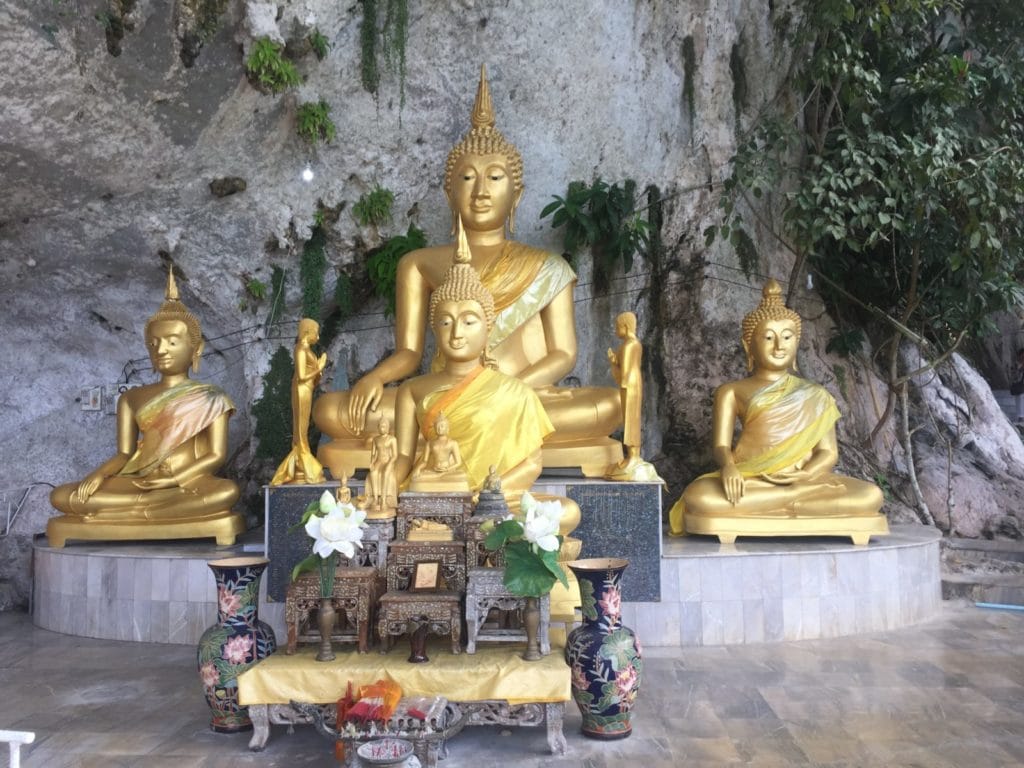Our emotion consists of thoughts (a story, a trigger for emotion), physical sensations, how the emotions manifest in the body, and our emotional state. Guided meditation focused on emotions will help us find out and accept how they influence our life. It can be subtle or undeniable. Something similar to when we put color goggles, which then our experience is frightening. Fear has one color; joy has another.
When we are aware, we can notice each of these components. The thought or story often inhibits us, and we lose focus. It is therefore often useful to try to distance yourself from the thought related to emotions.
Awareness focused on emotions
One of the best ways to stay aware when there is a strong emotion is that we notice how it affects the body, to connect with the physical sensations associated with emotion and we turn our attention away of the emotions
Emotions want to be experienced, but if we stay with the object of emotions or their story, it gives them all new strength. At the same time, this prevents us from feeling complete. But if we turn to the emotions itself, to the physical sensations it causes, and to the effect that comes to mind, then the emotion has the chance to live its life more naturally. And it will naturally, sooner or later, reach its end. As is the case with all other phenomena. Its energy is not infinite.
Everything emerges, stays for a while and then disappears forever. Emotions are no exception.
Tools for focusing on emotions
We can use four tools to help us deal with emotions: recognition, awareness, exploration, and non-identification.
In the context of meditation of consciousness, every emotion is acceptable. You can give yourself unconditional permission to have any emotion. There is no need to censor or criticize them. Practice meditation is a completely safe place to let yourself feel what you are experiencing. Since you decided to sit still during meditation, you gave up the idea of doing what your emotions instruct you to do. So simple just stay with it.
Do not identify your self with emotions
Usually, we tend to identify ourselves with our emotions. We think they are those who we are in fact: I am a person who easily flies, or I am a depressed person; I am a happy person, or I am a fearful person. All these conditions and moods, we consider essential parts of our being. When emotions take hold, there is always a kind of identification with it, a feeling “I,” “me” or “mine,” identification with a story related to that emotion.
Let’s start guided mediation focused on emotions now
Find a quiet place, turn off your mobile phone, forget about things that happened yesterday, do not think about what you must do today, or may happen in the future. Let go of any expectations.
If you are not feeling comfortable sitting on the floor, sit on some cushions, so your knees fall below your hips. If you still not feel comfortable, then sit on the chair. Close your eyes, or you can gaze at a steady point away from you or at the floor. You can also let your eyelids fall naturally. They can stay about half open, keeping in mind that you are more likely to fall asleep if you keep your eyes closed as you meditate.
Assume the posture of your choice and then allow your breath and energy to flow freely.
Empty your mind, and focus on emotions
Take a few deep breaths, slow and easy, as if you inhale peace and exhale any tension and distraction you might have right now. Relax, empty your mind, and then let your breathing become natural.
Breathe in, breathe out…
Follow your breath. Feel the air as you inhale on the tip of your nose. Notice how it goes through your throat, chest, and how your abdomen feels. As you exhale, follow the air as it is leaving your body.
Breathe in, breathe out…
Slowly focus your attention on your mental state. How do you feel? Calm, upset, sad, joyful?
Become aware of your emotional state. Maybe your emotions are mixed, you may not currently feel nothing in particular. And that’s OK. It is just what it is. Our emotions often remain in our subconscious, but they influence our thoughts and our bodies anyway. We should not fight or suppress our emotions. It is important that we are aware of them and we can analyze and accept them.
If your mind wanders…
When your mind wanders to some other place, or to some other time, do not get discouraged. It is perfectly normal. Just acknowledge that, and slowly bring your attention back to your emotions.
Breathe in, breathe out…
When we recognize our currently dominant emotion, we repeat its name quietly. Thus, we increase our focus on emotion and recognize it more clearly. We can now dedicate ourselves to a specific emotion and explore it. What is the cause, what is the consequence? How emotion affects our minds. How it affects our body.
Embrace impermanence
By exercising regularly, we become aware of our emotions and aware that at some point they have arisen, that they exist in the present moment, but that they will cease at some point. Everything in this world is impermanent, so are emotions. Emotions are not us; they are not ours. Let us consider them only as emotions, which have their natural flow, beginning, and end. They are just here. We are only curious observers. We learn more and more whenever we become aware of our emotions. By persistent exercise, we will learn to be able to accept emotions, thereby achieving inner peace and freedom from the negative impact of emotions on our lives.
We cannot run away from emotions, they are necessary, and they add to the quality of our lives, but we must not allow them to control our minds and our lives.
Emotions affect our bodies. Headache can be one of the symptoms. Emotions affect our minds, and then the mind influences emotions, amplifying them more and more. We must learn how to break that vicious circle. Let emotions just be and let them pass.
Focus on the present moment
The past is past, we cannot change it. The future has not yet arrived, and we cannot know what it will unfold. Every time we focus on emotions while meditating, it will become easier, but we must be persistent and exercise regularly.
In the last minute of meditation shift your focus again to your breath.
Breathe in, breathe out…
Slowly start to notice your surroundings. Take three more deep breaths as you slowly returning to everyday life, hopefully, more relaxed than 15 minutes ago. Open your eyes, stretch your body and continue with your daily activities.
Guided meditation for your emotions
I hope this post will help you enjoy short meditation and you will keep meditating. You can also get help from my Guided meditations video series. As your practice grows, you can extend your meditation for five minutes every week, until you reach 45 minutes. Continue to meditate every day, be mindful, and do not give up.
If you want to know more
If you want to learn more about things I write about, check out my books. See also what the goal of this web site is.
You can check out my other post about Mindfulness.
Enjoy reading!
I invite you to use all the resources I provided for you and to share your thoughts and comments.
If you like this post, please subscribe here, get FREE E-BOOK NOW, and get a notification when future posts are published. Also, share with your friends and Like on social media using buttons below.
Share



